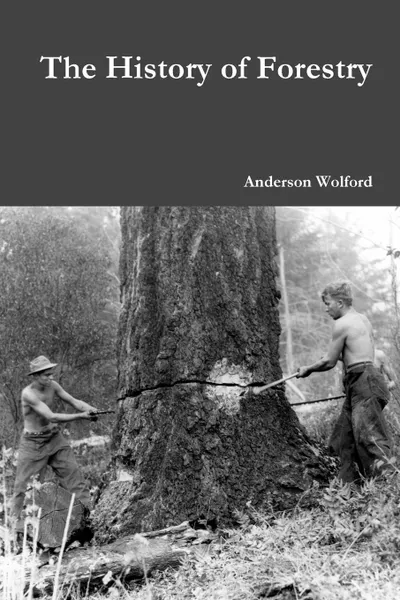The History of Forestry 12+
Автор: Anderson Wolford
234 страницы
Категория: Учебная литература
ISBN: 9781387184637
Язык: Английский
📙 Systematic management of forests for a sustainable yield of timber is said to have begun in the German states in the 14th century, e.g. in Nuremberg, and in 16th-century Japan. Typically, a forest was divided into specific sections and mapped; the harvest of timber was planned with an eye to regeneration. As timber rafting allowed for connecting large continental forests, as in south western Germany, via Main, Neckar, Danube and Rhine with the coastal cities and states, early modern forestry and remote trading were closely connected.
Мнения
